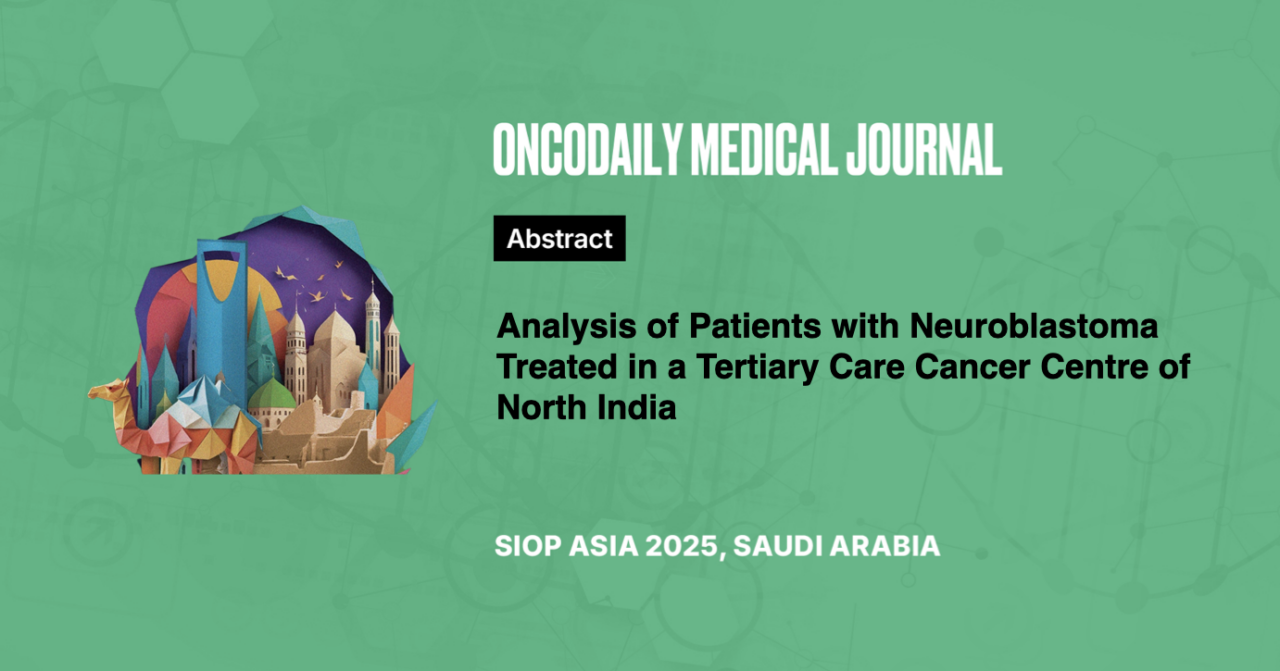Analysis of Patients with Neuroblastoma Treated in a Tertiary Care Cancer Centre of North India
Abstract
Introduction: Neuroblastoma (NB) is the most common extracranial solid tumor in children in high-income countries (HICs), but its incidence in low- and middle-income countries (LMICs) remains unclear due to limited data. Factors like delayed diagnosis, inadequate staging, suboptimal treatment, and treatment abandonment result in lower survival rates in LMICs. This study analyzed treatment outcomes for NB patients managed at our center.
Methodology: A retrospective study was conducted on 54 NB patients registered between January 2019 and December 2023, with follow-up until August 2024. Seven patients were uncategorized, and 47 were analyzed using INRG risk stratification.
Results: Of 47 patients, 1 was low risk (LR), 11 intermediate risk (IR), and 35 high risk (HR). The LR patient was observed due to absent life-threatening symptoms. Among IR patients, 7 had favorable and 4 unfavorable histology; 6 had L2 disease, and 5 had metastatic disease. Segmental chromosomal aberrations were observed in 9 children. Ten IR patients received NACT, with gross total resection (GTR) achieved in 8, including 1 nephrectomy case. Two children died postoperatively due to SIRS.
The 3-year recurrence-free survival and overall survival rates were 54.5% and 60%, respectively. In HR patients, 24 had bone marrow involvement, and 9 had MYCN amplification. Of the 26 opting for curative treatment, 14 underwent surgery with GTR achieved in all. Nine underwent autologous stem cell transplants, but only 5 completed treatment. The 3-year recurrence-free survival and overall survival rates were 14.8% and 26.7%, respectively.
Conclusion: Most patients belonged to HR, highlighting challenges in LMIC management, including late presentation, poor nutrition, delays, and lack of immunotherapy. Improved strategies are crucial to enhance outcomes in these settings.





